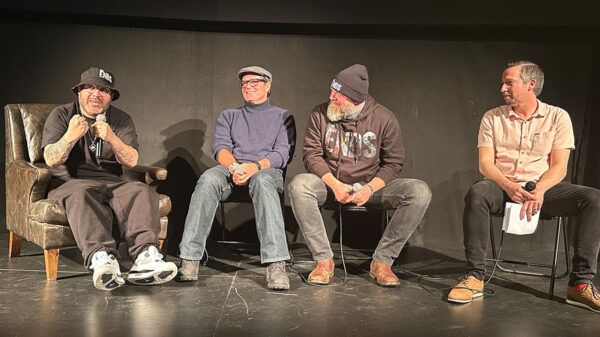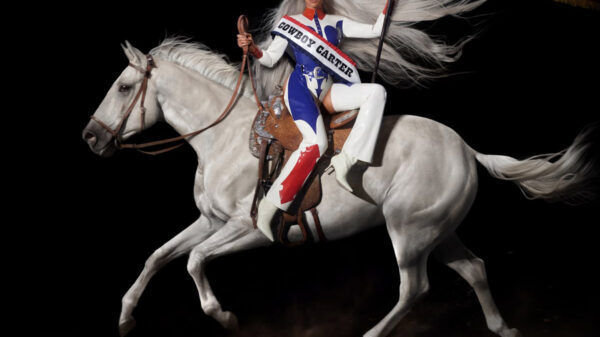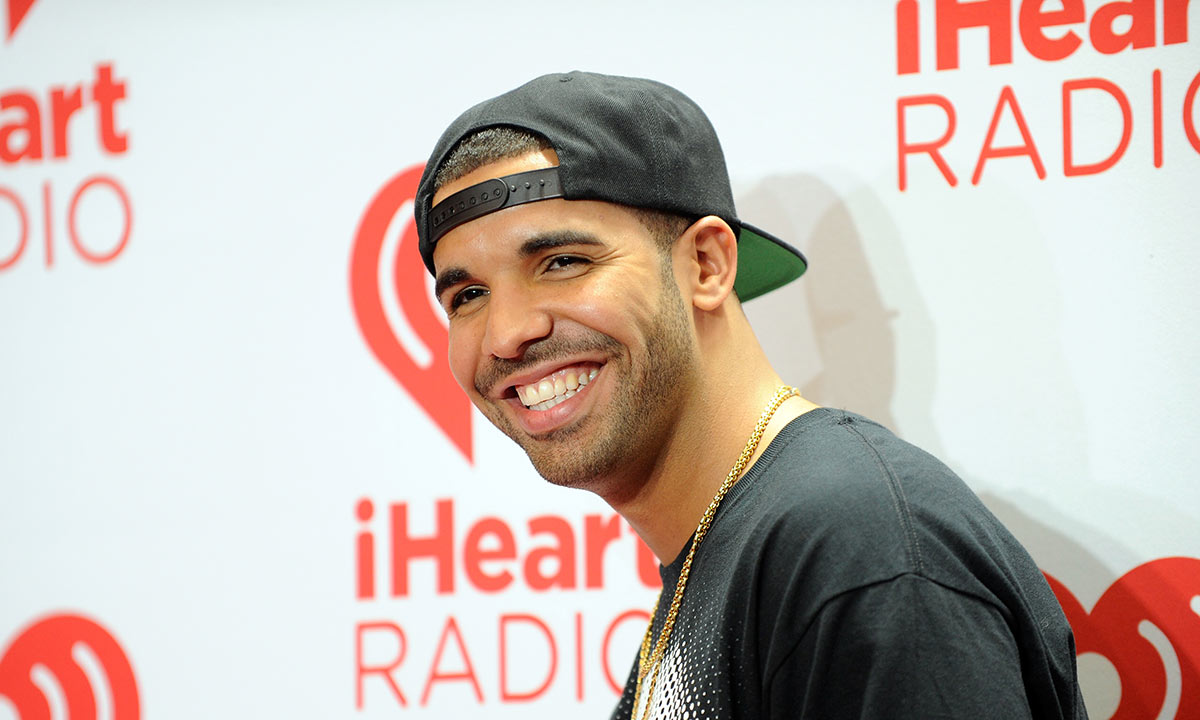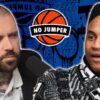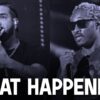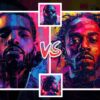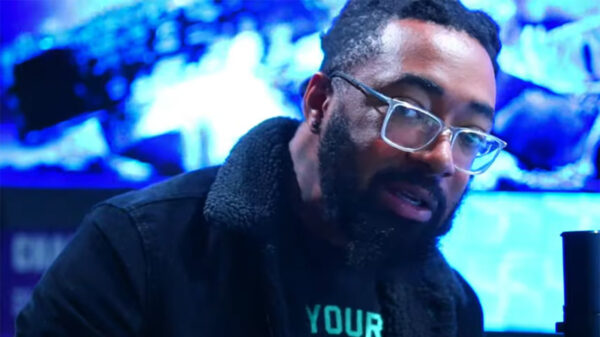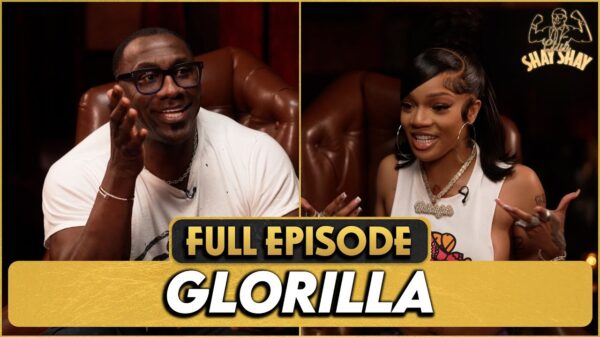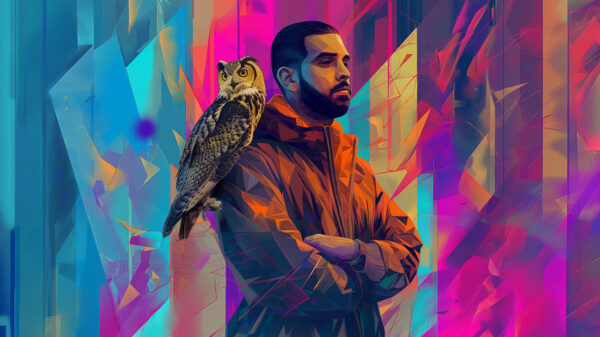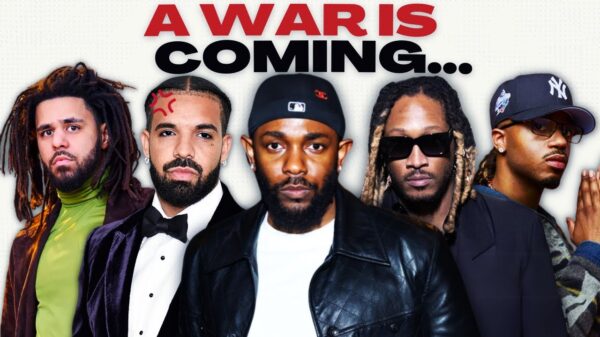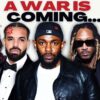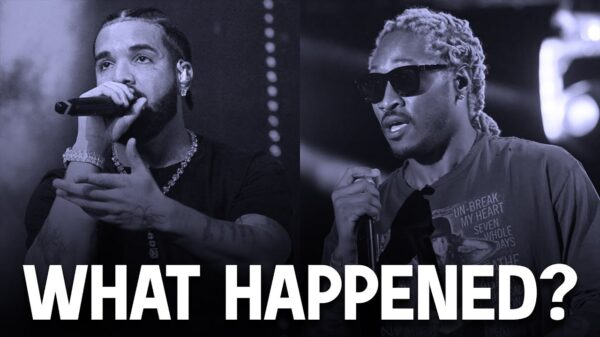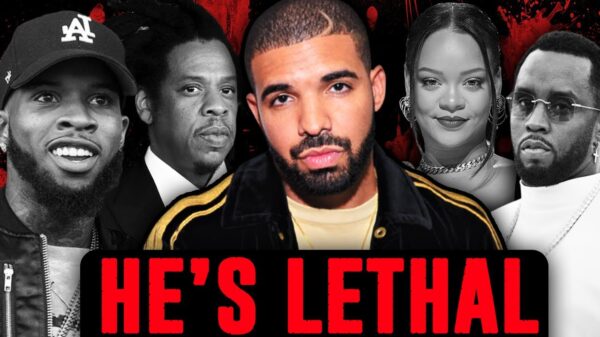Did Drake really start from the bottom? Perhaps it helps to understand Drake’s music in relation to where he comes from. Drake’s ascent has intersected with a who’s who of Toronto hip-hop. His origin story – as it relates to Toronto’s music scene – is largely undocumented. A deluge of reviews for Nothing Was The Same have already hit the internet, with most dwelling on how a bi-racial suburbanite ex-child actor from Canada managed to conquer the hyper competitive and uber-macho hip-hop world with sensitive, R&B infused rap music, while earning the respect of the genre’s elite. But relatively little is known about his first forays into music. It only makes sense to start at the bottom.
In spring 2006, Drake was on Myspace with a few thousand plays on freestyles over Goapele’s “Closer To My Dreams” and Reasonable Doubt’s “Dead Presidents.” He made waves in the city with the release of his first mixtape, aptly titled Room for Improvement, which featured 106 & Park Freestyle Friday alum Nickelus F, and early production from Boi-1da (who in a few years would produce Drake’s breakout single, “Best I Ever Had“). Early collaborators included producers AmiR and Slakah the Beatchild, the latter Toronto’s answer to Raphael Saadiq, as well as rapper Promise and singer Andreena Mill. At 19, he had a gravitas and swagger beyond his age, confidently proclaiming the “City is Mine.” This elicited backlash. Long before the big fame, he had to live down the Degrassi detractors, led at that time by local rapper Aristo and Halifax rapper Littles The General. After forming strategic relationships with other Toronto artists and releasing a decisive diss track, Drake would arguably earn his first W in a series of beefs against early critics (“Goodnight & Goodluck” is another good example).
[Editor’s Note: HipHopCanada vets will remember this feud (which was eventually squashed) between Aristo/Littles (and the rest of The Offense movement) and Drake (with his Wise Guys cohorts) playing out largely on HipHopCanada’s message board and this is also where the diss songs were originally leaked and discussed.]
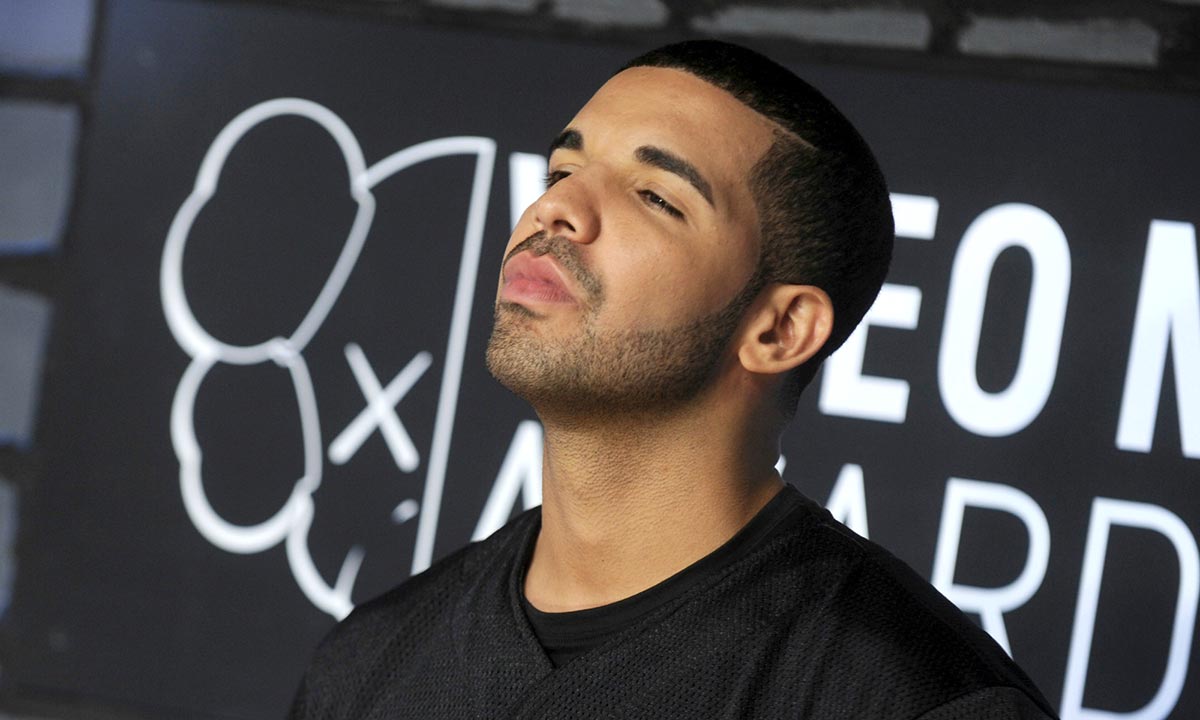
By spring of 2007 he had released Comeback Season, a stellar mixtape that featured Malice from the Clipse, Rich Boy, and production by 9th Wonder. It distinguished him as a gifted lyricist and dispelled any notion of him being a boy band rapper. He released the single “Replacement Girl” with Trey Songz (produced by T-Minus, who would re-surface on Take Care), which managed to enter rotation on BET and demonstrated his ability to feature established American artists, unlike most Canadian rappers with the exception of Kardinal Offishall at the time. This was the first in a very long list of firsts for the city. With that achievement, which seems small in hindsight, he cultivated more excitement and buzz in Toronto than any Canadian rapper before him. He re-hashed his relationship with Kardinal (after a brief falling out involving Jungle’s Mayhem Morearty), on the Rich Kidd produced “Last Hope,” while ethering anyone willing to take offense with a vicious freestyle over Kanye’s “Barry Bonds.”
Still, critics in the Toronto hip-hop scene had a hard time reconciling the Degrassi image with the self-assured rap persona with Drake claiming, from the outset, to represent the city. On HipHopCanada, rumours surfaced about a confrontation (confirmed to be untrue) involving producer Rich Kidd who, along with Boi-1da, was responsible for the best production on Comeback Season. While Rich Kidd has grown to be a prolific artist and producer in his own right, they haven’t worked together since. Also, Drake took shots at collaborator Aion Clarke (who went by Voyce at the time), who provided choruses on Room for Improvement long before Drake himself began singing.

On Nov. 14, 2007, in what was one of his first performances, he opened up for Mos Def at the Phoenix Concert Theatre. He performed his verse off the Little Brother assisted “Don’t U Have a Man,” before being joined on stage by Richie Sosa, an offspring of the 50-cent era who had a strong buzz in Toronto at the time. Apparently trying to distance himself from Degrassi, Drake had his DJ play snippets of instrumentals by 90’s underground luminaries, like Group Home’s “Living Proof.” Yet faces stayed screwed. At the end of his brief set he exclaimed, “Are ya’ll ready for Dante?” referring to Mos Def by his real first name, before quietly relinquishing the stage. If only the crowd knew.
Summer ’08. Drake drops a freestyle for “Still Fly,” rapping over Boi-1da’s re-interpretation of a Big Tymers beat in a foretelling ode to his future Cash Money label boss, Birdman. The original song belonged to then friend and west-end rapper Big Page, and Drake was featured on the hook. Many people misconceived Drake’s version as the actual “Still Fly” single and Page took issue with it being released before the original version was picked up by radio. As Drake’s solo version was posted on fan sites and re-uploaded countless times over by fans, it was easy for the original version to get lost in the shuffle. Previous commentary from Page indicates he feels Drake purposely released the solo version to overshadow his efforts. This would culminate in Drake allegedly being robbed at gunpoint at a popular burger joint in the city the following year (and Page tweeting about the slight several times while being the subject of many a Drake subliminal). On “Still Fly,” Drake sang for the first time, cuing the listener with “that’s me by the way,” and delivered a crafty and anthemic sing-along hook, foreshadowing what was to come. Besides Comeback Season’s “Bitch is Crazy,” a light-hearted jab at a clingy ex who apparently was still e-mailing his mama, he had yet to exhibit any crooning. He had already established himself as a brilliant rapper, but it was this canny hook writing ability and singing that would result in his having more number one singles on Billboard’s R&B/Hip-Hop chart than any artist, ever, in a few short years. “Still Fly” also marks the first time he name checks the OVO blog, launched by his friend Oliver El-Khatib, which henceforth became the go-to place for new Drake music.
By now the buzz was starting to grow beyond the city. Rumours swirled of Drake being courted by Jay Z, then of signing to Lil Wayne. Those few thousand plays on MySpace had grown to tens and hundreds of thousands. Fans were making covers and choreographed dance videos on YouTube. Popular hip-hop blogs began regularly featuring his music.
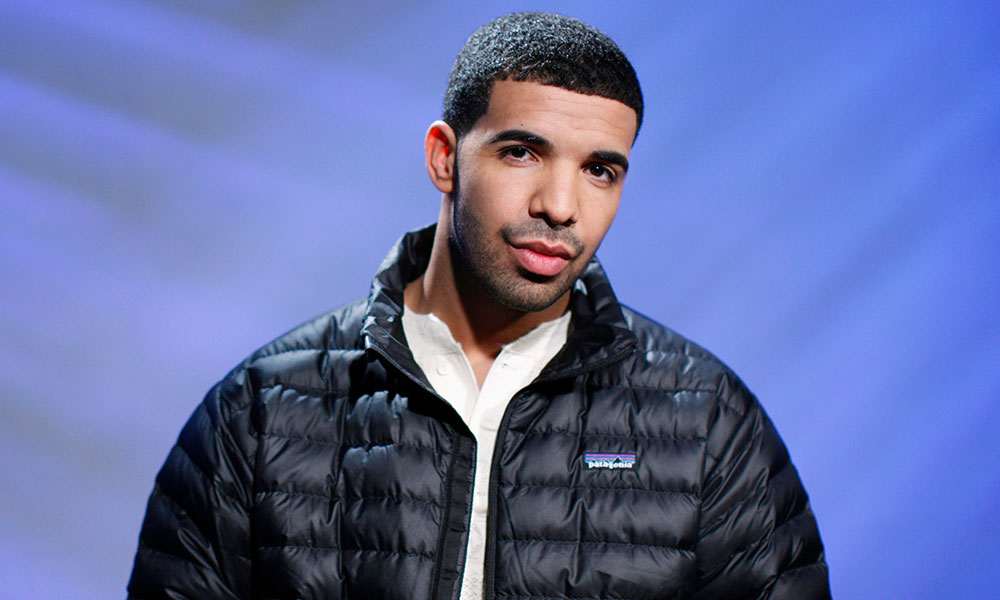
Yet Drake was nowhere to be found in Toronto. Unbeknownst to the city, he had befriended Jas Prince, son of Houston’s legendary Rap-A-Lot label founder J. Prince, after Jas discovered him online. He was often Stateside making connections and recording music. The city would later learn about the famous life changing phone call he would receive from Lil Wayne while at a barbershop. Jas Prince had played Drake’s music for Wayne, and Wayne immediately sought him out, bringing him on tour with his Young Money crew which included a then unknown Nicki Minaj.
“Brand New,” his first full-blown R&B song, surfaced at the back end of a free CD given out by a club promoter in Toronto, before it made its way to Myspace. Then, the same song re-surfaced featuring Lil Wayne. This was when Weezy was at the height of his powers, propelled by auto-tune and codeine and the soul of the ‘Nolia and cash and money, featured on every big song and on all charts. And here he was, singing alongside that kid from Degrassi. And of all songs on a straight up, down-tempo ballad about an unappreciative ex.
September 2008. Several incomplete Drake freestyles surface on the internet. Lil Wayne was apparently so infatuated with one titled “Money to Blow,” that he lifted the whole thing and performed it at the VMAs. Wayne replaced his own first verse on “Misunderstood,” ending the performance with “Drizzy Drake, I love you, boy!” leading most people to wonder who he was shouting out. (“Money to Blow” would eventually become a Birdman single. Also floating around on the ‘net at this time was an incomplete version of “Forever,” which would be used for Lebron James’ More Than a Game documentary a year later and feature Eminem, Kanye West and Lil Wayne). At the end of ’08 “Ransom” was released, where Wayne and Drake spar over a superb dancehall inspired Boi-1da beat, with Drake stealing the moment and outshining his soon to be boss. This was when Wayne still referred to him as Drizzy Drake “Rogers,” confusing his e-mail address that ended with the name of his service provider (“@rogers”) as his last name.
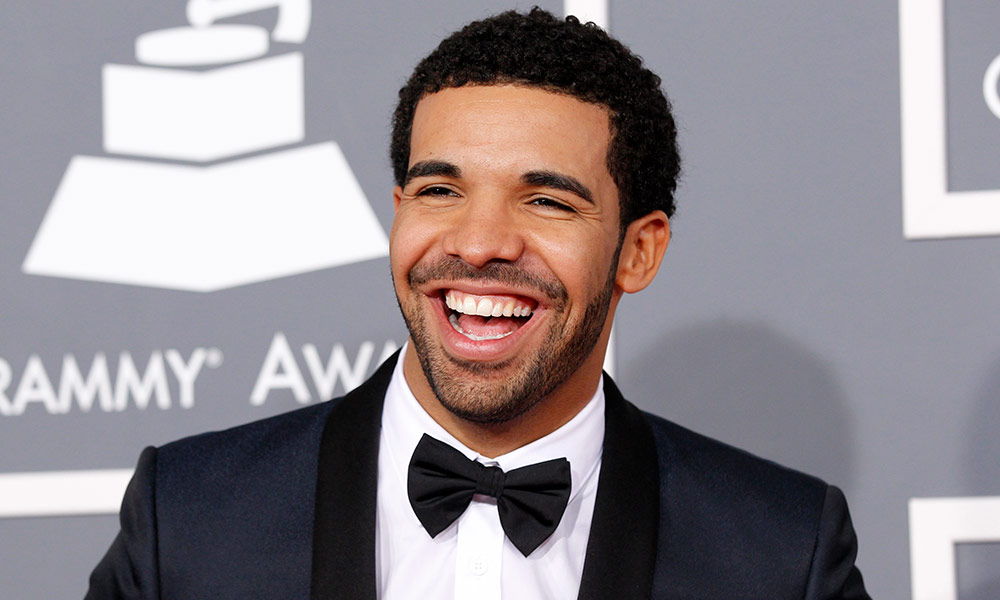
All the while, through Toronto hip-hop circles and The Remix Project, an arts program for at risk youths, a group of Toronto kids was linking up and forming a collective, which over time began to revolve more and more around Drake’s success. This group, which comprised largely of Drake collaborators, represented a mélange of backgrounds that’s only possible in Toronto – his Somali-Canadian DJ Future the Prince, Philippine-Canadian confidant and assistant Niko, Jamaican-Canadian Grammy winner producer Boi-1da, Lebanese-Canadian producer and engineer Noah “40” Shebib, Lebanese/Scandinavian-Canadian brand manager Oliver El-Khatib, Jamaican-Canadian party promoter T-RexXx (now MuchMusic video host and 1LoveTO.com co-founder), West Indian-Canadian rapper and close friend Young Tony (now Hush), and Drake himself, American and Jewish Canadian (not to mention D10, T-Minus, etc). While this may seem especially eclectic and diverse – and it is – it is not uncommon among virtually any group of friends in Toronto to have this variety of backgrounds. These central characters as well as various others would comprise the collectives All Things Fresh (ATF), Reps Up (headed by friend and Scarborough rapper P. Reign) and October’s Very Own (OVO), with members of one group often overlapping into others.
Then So Far Gone dropped. It was February 2009, and nothing was the same in Toronto; nor would it ever be. Mostly recorded while on tour with Lil Wayne in the remainder of ’08, it ushered in a seismic shift in hip-hop with those first sprinkling piano keys over a looming, atmospheric hum on opener “Lust for Life.”
It’s been several years of consistent history making for Toronto since. On Nothing Was The Same, undoubtedly Drake’s most Toronto record to date, he comes back to the cold to pay homage to his birthplace.
Canadian composer and self-proclaimed genius Chilly Gonzales’ piano stabs appears on “From Time,” with Jhene Aiko angelically floating over them. “Wu-Tang Forever” samples Jeremy “Zodiac” Rose, who laid the foundation for the Weeknd’s House of Balloons by producing that project’s first three songs. Despite the backlash from Wu purists and debate about whether this sounds like Wu-Tang, which it shouldn’t anyway, the question should be why Raekwon couldn’t be featured on the song. Rae operates his label Ice H20 out of Toronto, one of his artists being early Drake collaborator JD Era.
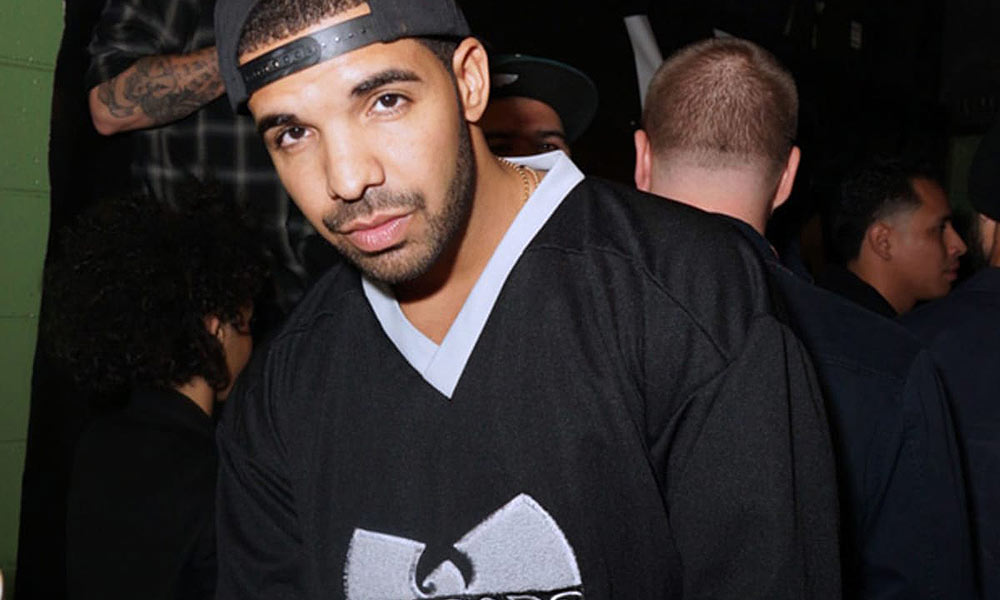
“Connect” plays like a continuation of “Cameras,” detailing a late night hook up in Toronto’s east end, and Drake deftly alternating between singing and rapping until it’s hard to distinguish between the two. On “Pound Cake” Drake shouts out Yorkville’s Sotto Sotto and considers showing up to his high school reunion to make his former classmates go through security clearance. Boi-1da provides the lush backdrop courtesy of the Ellie Goulding sample, while an unaccredited Timbaland beat-boxes vinyl scratches of the Wu’s “C.R.E.A.M.”
Like Y.O.L.O., which would have been an obscure Rick Ross adlib on Take Care’s “Lord Knows” had Drake not adopted and popularized it in “The Motto,” there are several refrains on this album that are likely to enter the rap lexicon or to re-appear on social media for months: swangin’, from time G, I get it I get it, cake cake cake cake, Worst Behaviour (mind the Canadian spelling of “behaviour“), and the already ubiquitous “Started from the Bottom.” The outro to “From Time” highlights Toronto’s Jamaican tinged slang (“I don’t know what’s wrong with these little waste man out ‘ere, eh?”), which is what T.O. slang sounds like and not like Drake’s distinctly American rapping voice. Even Eglinton, the 401 East and Scarborough’s Morningside and Markham roads get name checked.
OVO has become the umbrella for Drake and all the creatives and entrepreneurs around him. It has evolved from a blog to a record label (OVO Sound) and an annual festival (OVO Fest) attracting hip-hop’s biggest acts, past and present, to Toronto – succeeding where Marc Ecko’s Getting Up Festival failed in 2005. This group of Toronto kids are now the de facto curators for the city, discovering and launching the Weeknd’s career, who himself is credited with reviving R&B (!), and preparing to launch two more innovative Toronto acts in Partynextdoor and Majid Jordan. OVO Sound has also partnered with the City to nurture local artist and form the Toronto Music Advisory Committee.
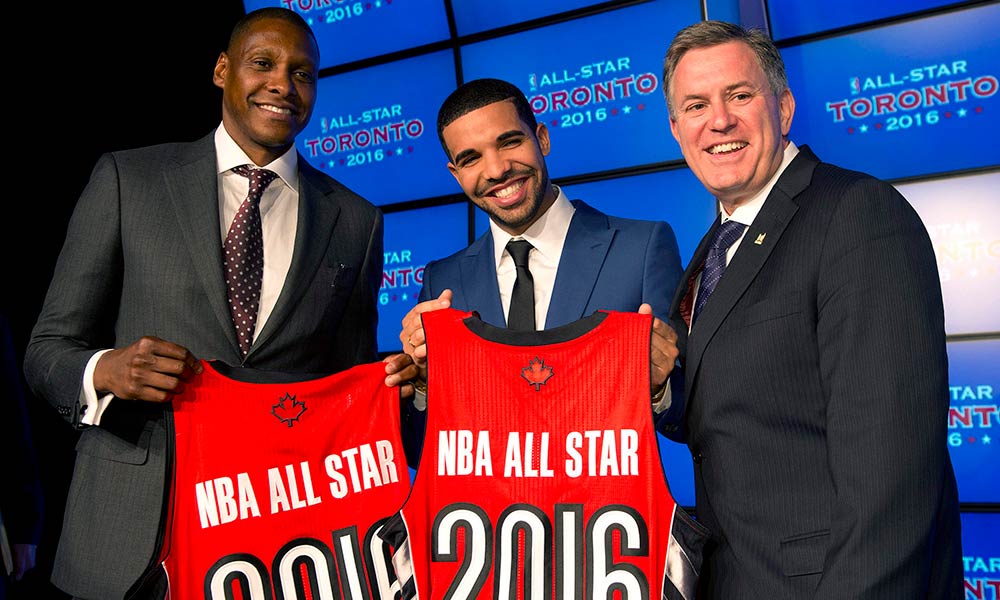
It was announced last week that the 2016 NBA All Star Game will take place in Toronto, with Drake being named ‘global ambassador’ for the Raptors, serving as an image consultant and liaison for the team. Along with the record label this move propels Drake, at 26, into rap moguldom – joining the likes of Jay Z as a brand extension of a professional sports franchise. For the sake of comparison, Jay Z released his first album at 26. After his surprise appearance at OVO Fest this year, Kanye West declared that he and Jay made Watch the Throne in response to Drake’s coup of the industry. And yet, it only feels like a beginning for the city.
Now, we’re here.
Written by Atkilt Geleta for HipHopCanada
The views and opinions expressed in this article are those of the authors and do not necessarily reflect the official policy or position of HipHopCanada or its affiliates.








